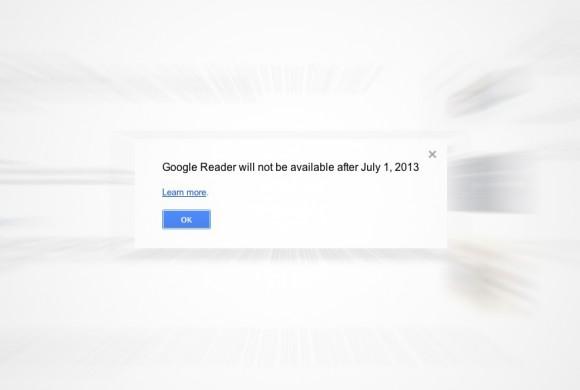

Some social elements are incorporated, and some settings are set to public by default rather than private.ĭotdotdot is a great tool used for reading long-form articles and tales. It also does not enable OPML file uploads, despite having a nice look and updating fairly quickly. It has a lot of customization options for feed lists and folder management. This Web-based RSS feed reader has features that encourage you to explore new content, but it doesn’t force you to read them in a magazine-like format, which some RSS feed purists may like. Custom CSS can be used to change the look and feel of this feed reader.

CommaFeed, which is available as a Web-based service and an open-source project that you can develop yourself, making switching to a different reader simple and painless. It’s already one of the greatest Google Reader competitors, and it’s only getting better. CommaFeed:įor DIYers, CommaFeed is the RSS feed reader of choice. It offers a simple, adjustable design (with options to see a list, preview, or expanded items), and Feedly suggests more content that you might find interesting. The features for organising your feeds, like as rearranging them and grouping them into folders, are excellent. Feedly has shifted to a cloud-based approach of storing account data, ensuring that your RSS content is synced across all of your devices. Feedly:įeedly does not handle OPML files, which is perhaps its only flaw, as this Web-based feed reader excels in practically every other way. It’s free and comes in a variety of languages.

It includes a fantastic function that allows you to add keywords into the settings and have them highlighted whenever they appear in your feed material. G2Reader was a little sluggish after the initial departure of Google Reader users, but the team recently rebuilt its servers, and as a result, G2Reader is now totally capable in terms of speed. G2Reader is a Web-based RSS feed reader that supports OPML uploads and is simple and simply designed.


 0 kommentar(er)
0 kommentar(er)
